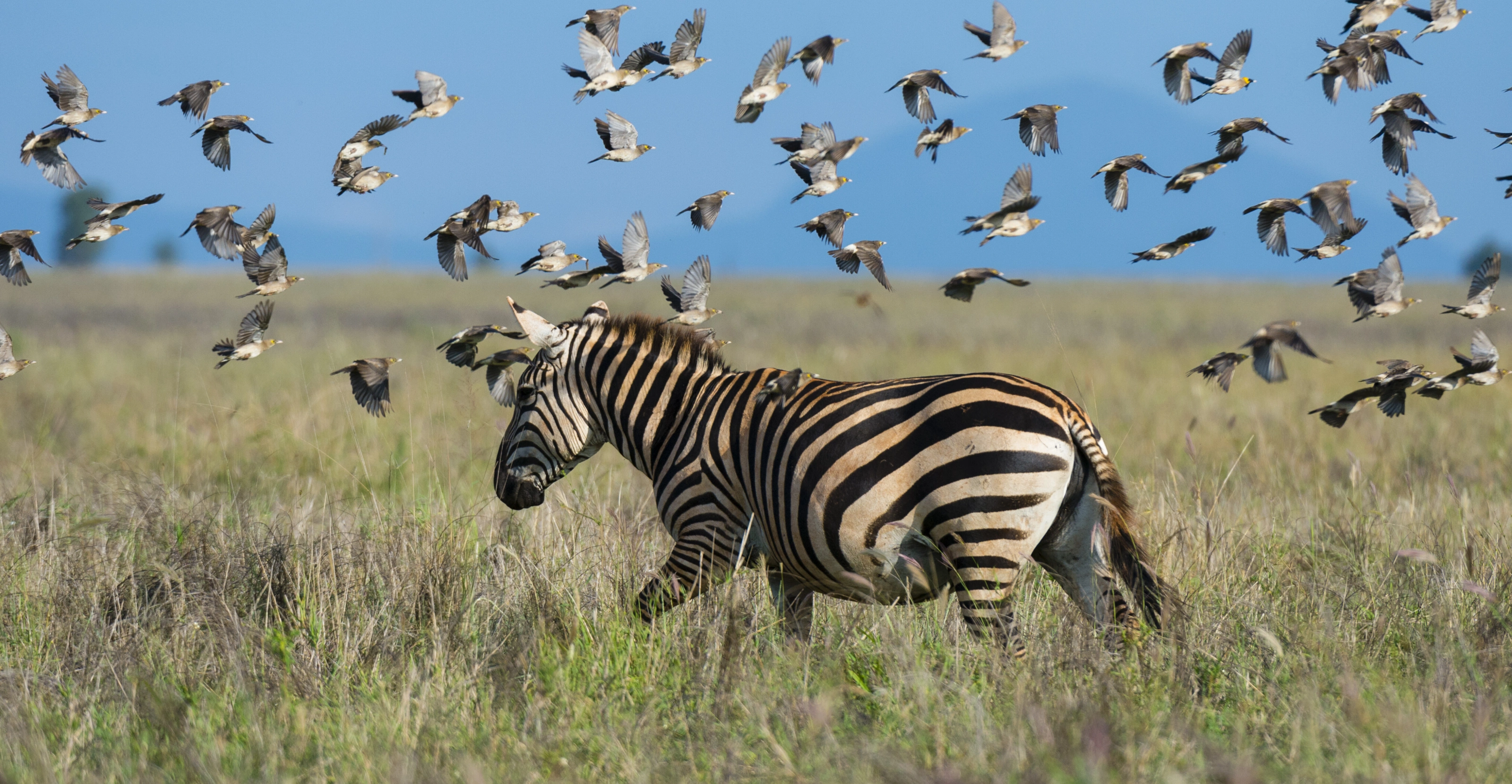




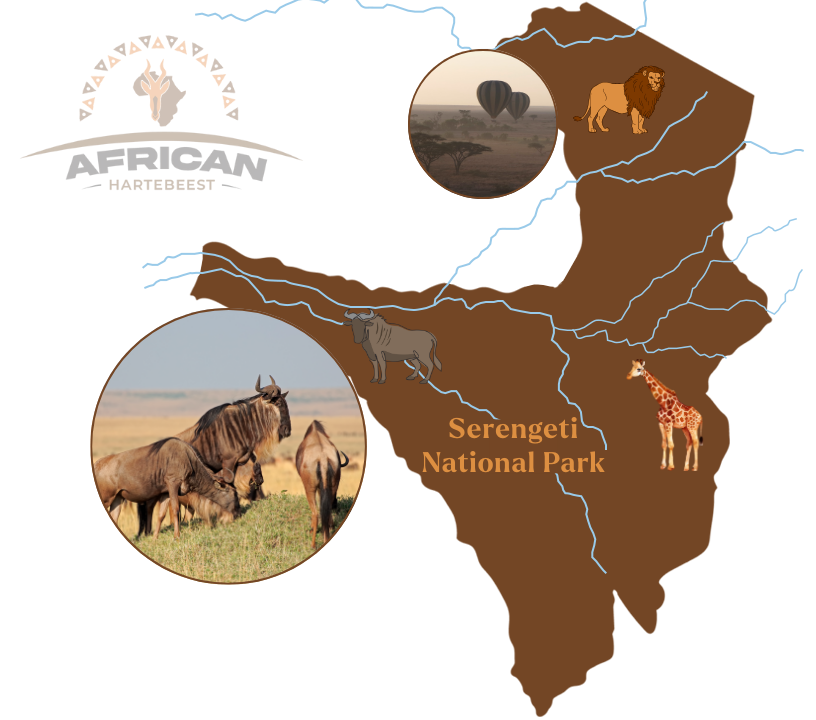
Serengeti National Park is one of the most iconic wildlife destinations on the planet. Stretching across vast golden plains in northern Tanzania, it’s home to millions of wild animals, including the famous Big Five and the legendary Great Migration.
This is where nature lives freely—no barriers, no enclosures. Just open savannahs, roaming herds, and big cats on the prowl. It’s a place where you’ll witness raw, real moments of wildlife, from lions chasing prey to elephants splashing in muddy rivers.
The Serengeti stirs something profound in every traveller—a sense of awe, wonder, and connection to the wild.
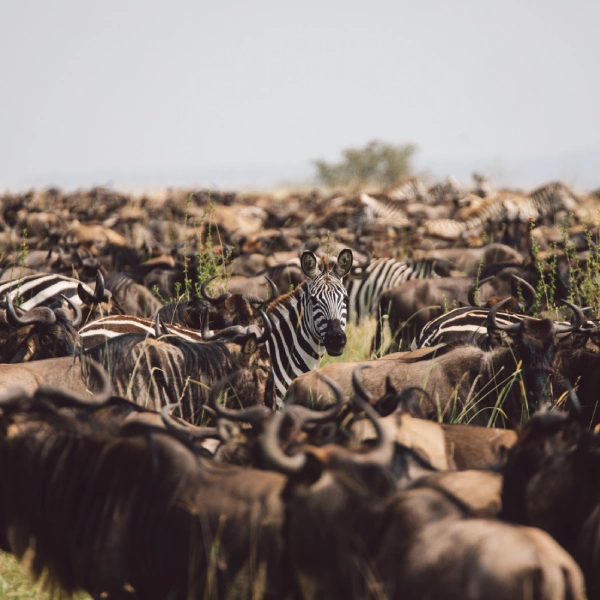
Whether you’re visiting for the first time or returning to see more, the experience never feels the same twice.
It’s not just a safari. It’s a powerful reminder of how beautiful and untamed the natural world still is.
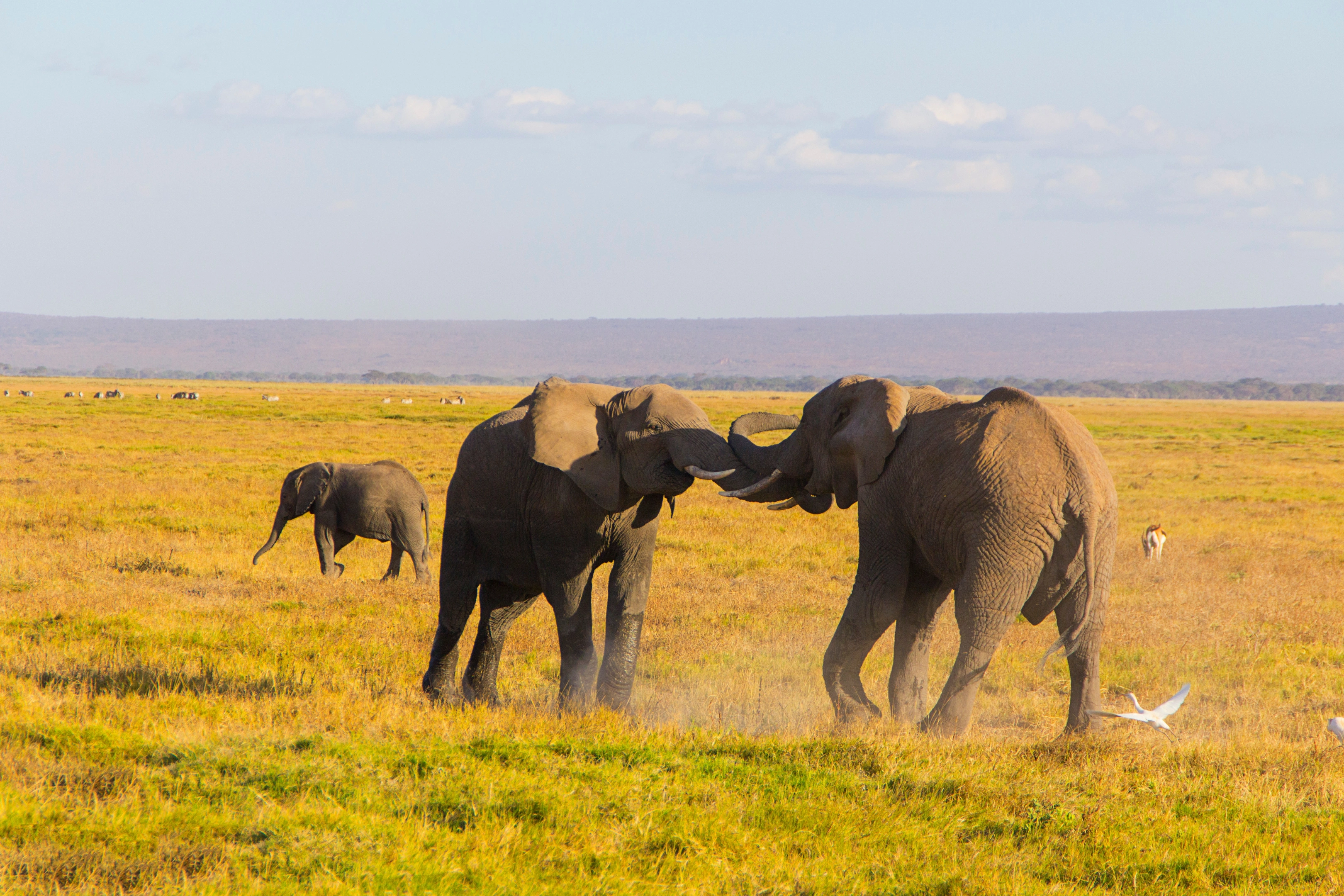
Serengeti National Park, Tanzania
2.3333° S, 34.8333° E

Wildlife viewing is excellent throughout the year, but the migration calendar determines the best times to visit. From January to October, different phases of the wildebeest migration can be observed in other regions.
January–February is best for calving season in Ndutu, while July–September brings dramatic river crossings in the north.
The Serengeti enjoys mild weather year-round. Temperatures rarely exceed 30 °C during the day, but mornings and evenings can be pretty cold. Warm layers are always recommended for early game drives.
Rainfall comes in two periods: short rains (November–December) and long rains (March–May).
Serengeti offers thrilling wildlife encounters through morning, afternoon, or full-day game drives. Hot-air balloon rides provide surreal views followed by a bush breakfast.
Visitors can also enjoy guided nature walks or limited night drives at selected camps. Every activity reveals a different side of the park’s untamed beauty.
Most safaris begin in Arusha. You can fly into Kilimanjaro International Airport or connect through Dar es Salaam to reach Arusha Airport (JRO).
From Arusha, scheduled flights land at airstrips in the park. You can also drive (8 hours), passing through scenic routes and stopping at the Ngorongoro Crater along the way.
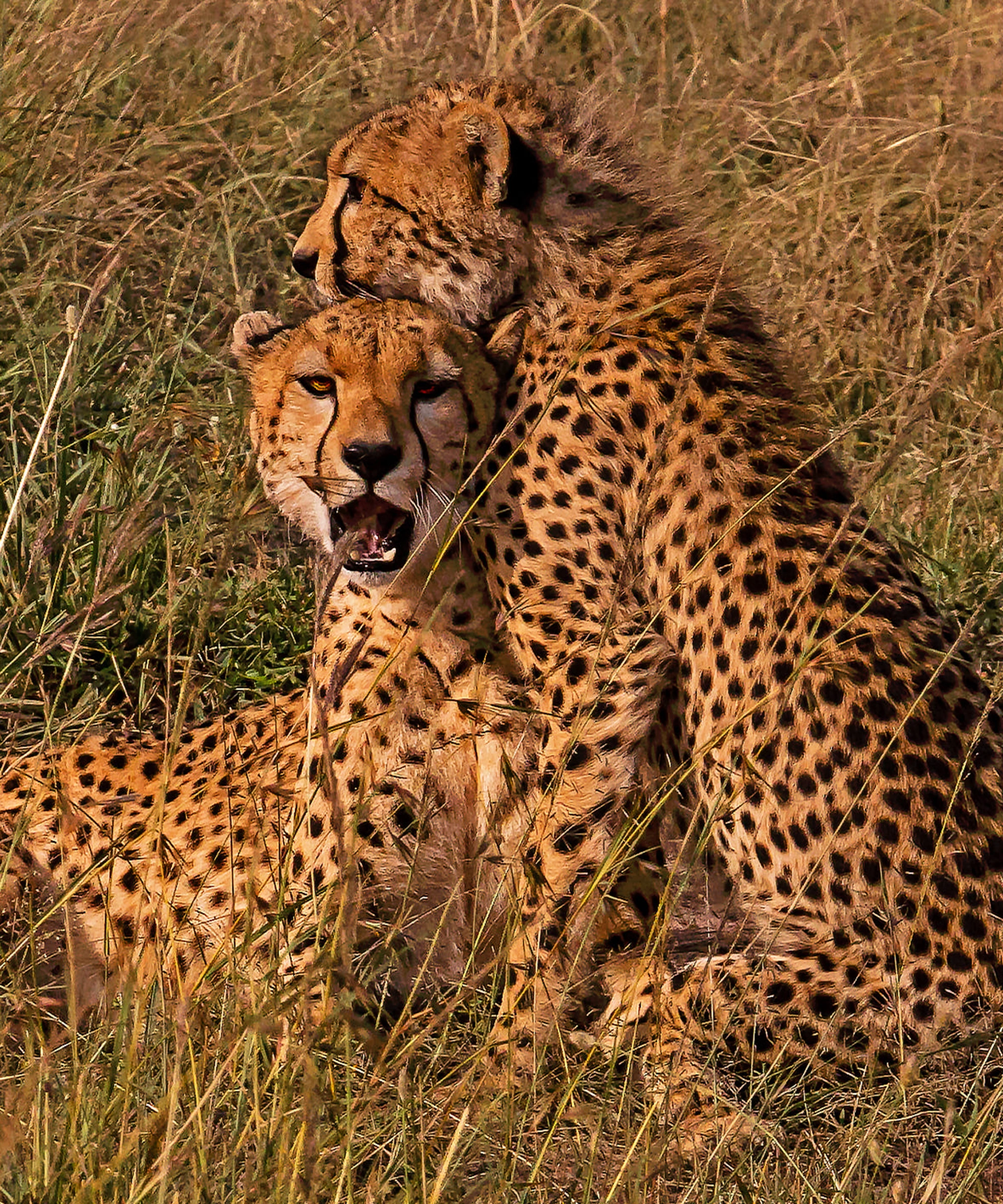

Before venturing into Tanzania’s landscapes and wildlife reserves, securing a visa is a must.
Learn More
The cost of a Tanzanian safari depends on various factors, including accommodation, activities, and the season.
Learn More
Food on a Tanzania safari is more than just sustenance—it’s a memorable part of your journey in Tanzania.
Learn More
Planning your Tanzania safari is exciting, but packing the right items is key.
Learn More
Tanzania is a top destination for nature lovers and adventure seekers. From iconic safari drives to beach.
Learn MoreYes, most travelers will need a Tanzania tourist visa to enter the country. You can either apply for your visa in advance at your nearest Tanzanian Embassy or Consulate or obtain one upon arrival. Tourist visas on arrival are available at major entry points, including Dar es Salaam, Kilimanjaro International Airport (JRO), and Zanzibar, as well as land border crossings such as Namanga and Holili. The standard tourist visa allows a stay of up to 90 days. However, travelers from certain countries may be required to apply in advance; therefore, it's best to check the most recent visa regulations before your trip.
The best time for Tanzania safaris is typically from June to October, during the long dry season. This is when wildlife is easiest to spot as animals gather around permanent water sources, and the vegetation is less dense. The weather is sunny, clear, and ideal for game drives.
However, if you want to witness the Great Wildebeest Migration in the Serengeti, then January to March (during the calving season) and June to July (when the animals cross the river) are also excellent times to do so. While April and May bring heavy rains and some lodges close, the green season from November to early March offers fewer tourists and lush landscapes, perfect for birdwatching and photography.
Tanzania is home to some of the best wildlife viewing in Africa, with an extraordinary range of animals spread across national parks such as the Serengeti, Ngorongoro Crater, Tarangire, and Selous Game Reserve (formerly known as Nyerere). You can expect to see all of the Big Five—lion, elephant, buffalo, leopard, and rhino—as well as cheetahs, zebras, giraffes, wildebeests, hippos, crocodiles, warthogs, and spotted hyenas.
The country is also a paradise for birders, boasting over 1,000 bird species, including flamingos, ostriches, secretary birds, and colorful bee-eaters. Whether you’re on a classic game drive, a walking safari, or a boat safari, Tanzania’s wildlife encounters are always memorable.
The food on a Tanzania safari is delicious, fresh, and varied. Most lodges and camps offer full-board service, which includes breakfast, lunch, and dinner. Meals typically feature a mix of continental and local Tanzanian cuisine, with plenty of fruits, vegetables, grilled meats, rice, potatoes, and flavorful soups.
Vegetarian, vegan, gluten-free, and other dietary requirements can be catered to with advance notice. Breakfast usually includes eggs, sausages, toast, fruit, and porridge or cereal. Lunch is often a light buffet or packed lunch during game drives. Dinners are more elaborate, usually served as multi-course meals around a campfire or in open-air dining tents.
A good Tanzania safari packing list includes practical, comfortable, and lightweight clothing suitable for warm days and cooler nights. Earth-toned clothes are ideal for blending in with the environment and repelling insects.
Here’s what to pack:
Avoid bright colors and camouflage clothing. If you’re visiting Zanzibar or urban areas, it's recommended to wear modest attire.
Yes, certain vaccinations are recommended, and yellow fever vaccination is required if you are arriving from or have transited through a country with a risk of yellow fever transmission. Proof of vaccination is typically not required for travelers coming directly from Europe or North America; however, it may be requested at specific entry points.
It’s also strongly advised to take anti-malaria medication, especially if you are traveling to lowland and coastal areas. Consult your doctor or a travel health clinic at least 4 to 6 weeks before departure to receive any necessary immunizations, such as Hepatitis A, Typhoid, Tetanus, and Rabies, depending on your travel plans and the length of your stay.
Tipping is not mandatory in Tanzania, but it is customary and appreciated, especially in the safari industry, where staff and guides often rely on gratuities to supplement their income. A general guideline is to tip $20–$25 per day for your safari guide, depending on your satisfaction with the service.
For lodge and camp staff, a communal tip box is typically provided at reception, and a tip of around $10 per guest per day is considered appropriate. It’s a good idea to bring small denominations in USD or Tanzanian shillings specifically for tipping, as access to ATMs can be limited in remote areas.
“It starts with your ideas. We turn them into an authentic safari filled with wonder, freedom, and wild beauty.”
